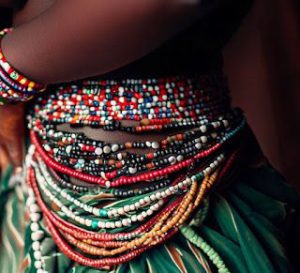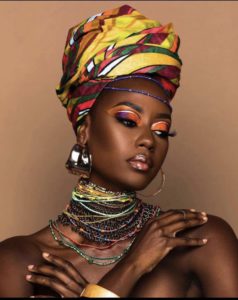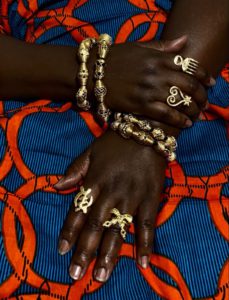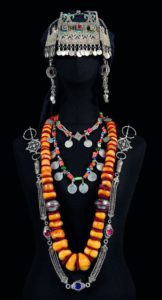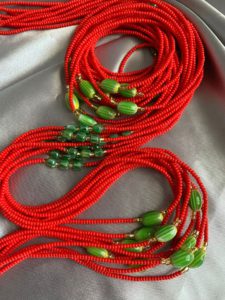From Traditional Aesthetics to Contemporary Expressions
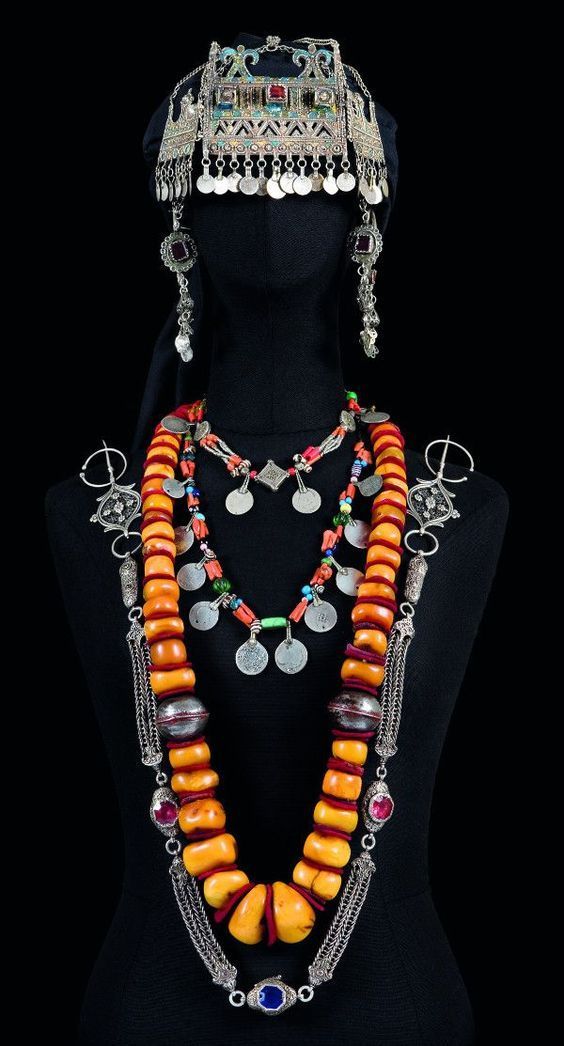
For centuries, African jewelry and body adornment have been powerful markers of identity, status, and spirituality within their originating cultures. Yet, in the modern era, their captivating aesthetics and profound meanings have transcended geographical boundaries, becoming a potent source of inspiration for global fashion, art, and design. From high-fashion runways to ethical jewelry brands, and from museum exhibitions to street style, the vibrant legacy of African adornment is not merely being appreciated; it is actively shaping contemporary aesthetics, fostering dialogue, and redefining what constitutes “modern” beauty on a global scale.
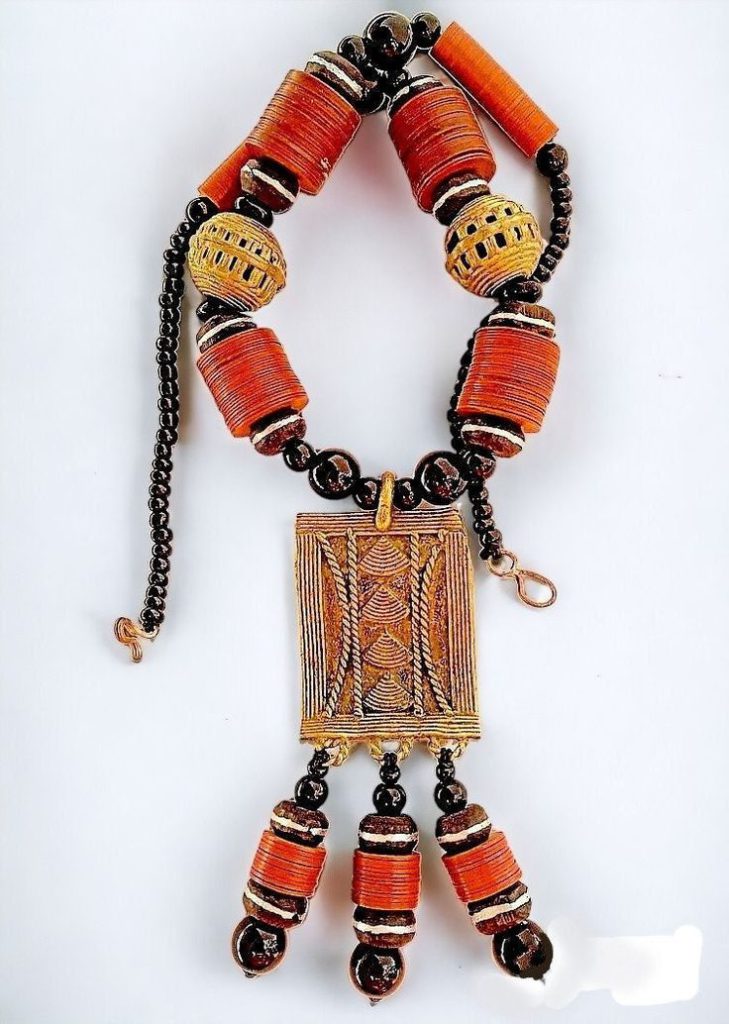
I. The “Discovery” and Early Influences on Western Design
The formal “discovery” of African art by Western artists in the early 20th century, particularly its influence on Modernism (as discussed in earlier articles), also extended to its aesthetic impact on jewelry and fashion.
Early 20th Century Exoticism: As African artifacts flowed into European museums and private collections, their bold forms, intricate patterns, and use of diverse materials captivated designers. Initially, this often manifested as “exotic” influences, with designers incorporating “tribal” motifs into Art Deco designs or colonial-era fashion.
Art Deco and Beyond: The geometric patterns, strong lines, and vibrant color palettes of some African textiles and beadwork found parallels in the Art Deco movement. Later, various designers drew inspiration from the raw, organic feel of traditional African materials.
II. High Fashion’s Embrace: Runways and Red Carpets
In recent decades, the influence of African adornment has become a more prominent and often more direct presence in global high fashion.
Direct Inspiration: Designers regularly incorporate elements from African jewelry and body art into their collections. This can include:
Bold Necklaces: Drawing from Maasai collars, Zulu beadwork, or ancient Egyptian broad collars.
Stacked Bracelets and Cuffs: Echoing the multi-layered adornment seen across various African cultures.
Headpieces: Reinterpreting elaborate headties (gele), beaded crowns, or ceremonial head adornments.
Textile Patterns: Utilizing patterns reminiscent of Kente cloth, Adire, or Kuba textiles in garment designs, which often dictates accompanying jewelry styles.
Influential Designers: Many established fashion houses and individual designers have featured African-inspired lines. While sometimes critiqued for cultural appropriation if not handled respectfully, these collections undeniably bring African aesthetics to a wider global audience.
Celebrity Adornment: High-profile figures wearing African-inspired jewelry on red carpets and at public events further amplifies its visibility and desirability.
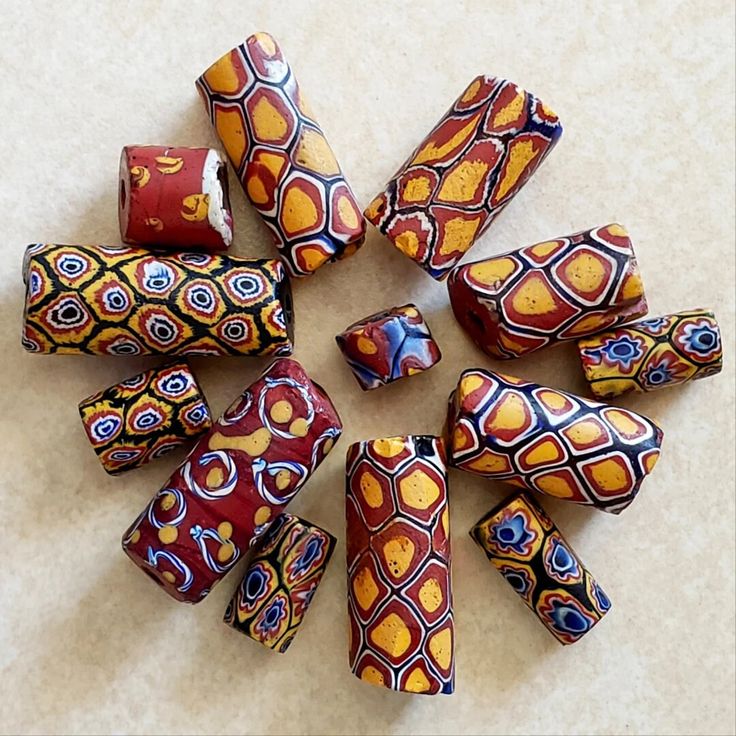
III. Contemporary Jewelry Designers: A Global Dialogue
Perhaps the most significant aspect of African adornment’s global footprint lies in the work of contemporary jewelry designers, both of African descent and others, who are engaged in a meaningful dialogue with its traditions.
African Diaspora Designers: Artists in the diaspora are actively reclaiming and reinterpreting their heritage through jewelry. They often fuse traditional forms, symbols, and materials with contemporary design principles, creating pieces that speak to hybrid identities and cultural pride.
They use precious metals alongside traditional beads, cowrie shells, or even upcycled materials, creating a bridge between past and present.
Designers within Africa: A vibrant scene of contemporary jewelry designers has emerged across the continent. These artists are pushing boundaries, blending ancient techniques (like lost-wax casting from Benin or Ife) with modern aesthetics and ethical sourcing.
They often tell stories through their pieces, reflecting contemporary African life, social commentary, or personal narratives, while still maintaining a link to their cultural roots.
Ethical and Sustainable Focus: Many contemporary designers, inspired by the historical use of natural and locally sourced materials, are prioritizing ethical sourcing, fair trade practices, and sustainable production, aligning with a growing global consumer consciousness.
Influence on “Boho” and Artisanal Movements: The rise of bohemian and artisanal fashion trends has also drawn heavily from African aesthetic principles, particularly the use of natural materials, handcraftsmanship, and layered adornment, fostering a global appreciation for handcrafted, unique pieces.
IV. Beyond Fashion: Art, Museums, and the Collector’s Eye
African adornment has transcended the realm of fashion to be recognized as high art and significant cultural heritage in museums and galleries worldwide.
Museum Exhibitions: Major museums like the Metropolitan Museum of Art, the British Museum, and the Smithsonian National Museum of African Art regularly feature extensive collections of traditional African jewelry and dedicate exhibitions to contemporary African adornment, validating its artistic and historical significance.
Collecting Trends: There’s a growing global market for both antique and contemporary African jewelry as collectible art. Collectors are drawn not only to the aesthetic beauty but also to the rich cultural narratives and historical weight behind each piece.
Academic Study: Scholarly interest in African adornment has increased, leading to more in-depth research, publications, and educational programs that shed light on its complex meanings and techniques.
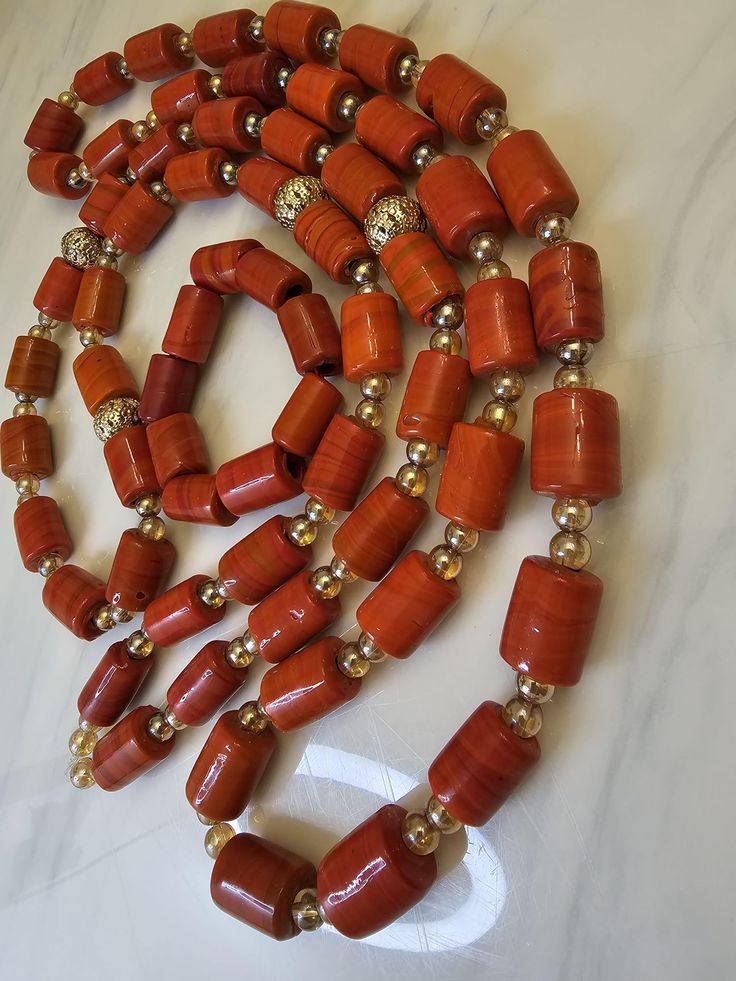
V. Challenges and Considerations: Appropriation vs. Appreciation
While the global influence of African adornment is largely positive, it’s not without its complexities.
Cultural Appropriation: The line between inspiration and appropriation can be blurred when designers from dominant cultures borrow heavily from African aesthetics without acknowledging sources, sharing credit, or understanding the deep cultural context, reducing complex symbols to mere trends.
Authenticity and Representation: There’s a continuous discussion about who tells the story of African adornment and who benefits from its global popularity.
Sustainable Practices: Ensuring that the demand for materials like coral or specific beads doesn’t lead to unsustainable harvesting or exploitation.
A Dynamic Legacy of Adornment
African jewelry and body adornment have embarked on a remarkable journey from ancient communal practices to a powerful global aesthetic force. Its influence is undeniable, shaping contemporary fashion, inspiring designers, and enriching artistic dialogues worldwide. As designers both within and outside Africa continue to draw from this deep wellspring of creativity, they are not just creating beautiful objects; they are forging new connections, challenging perceptions, and ensuring that the enduring language of African adornment continues to speak volumes across cultures and generations, proving its timeless relevance and boundless capacity for innovation.

